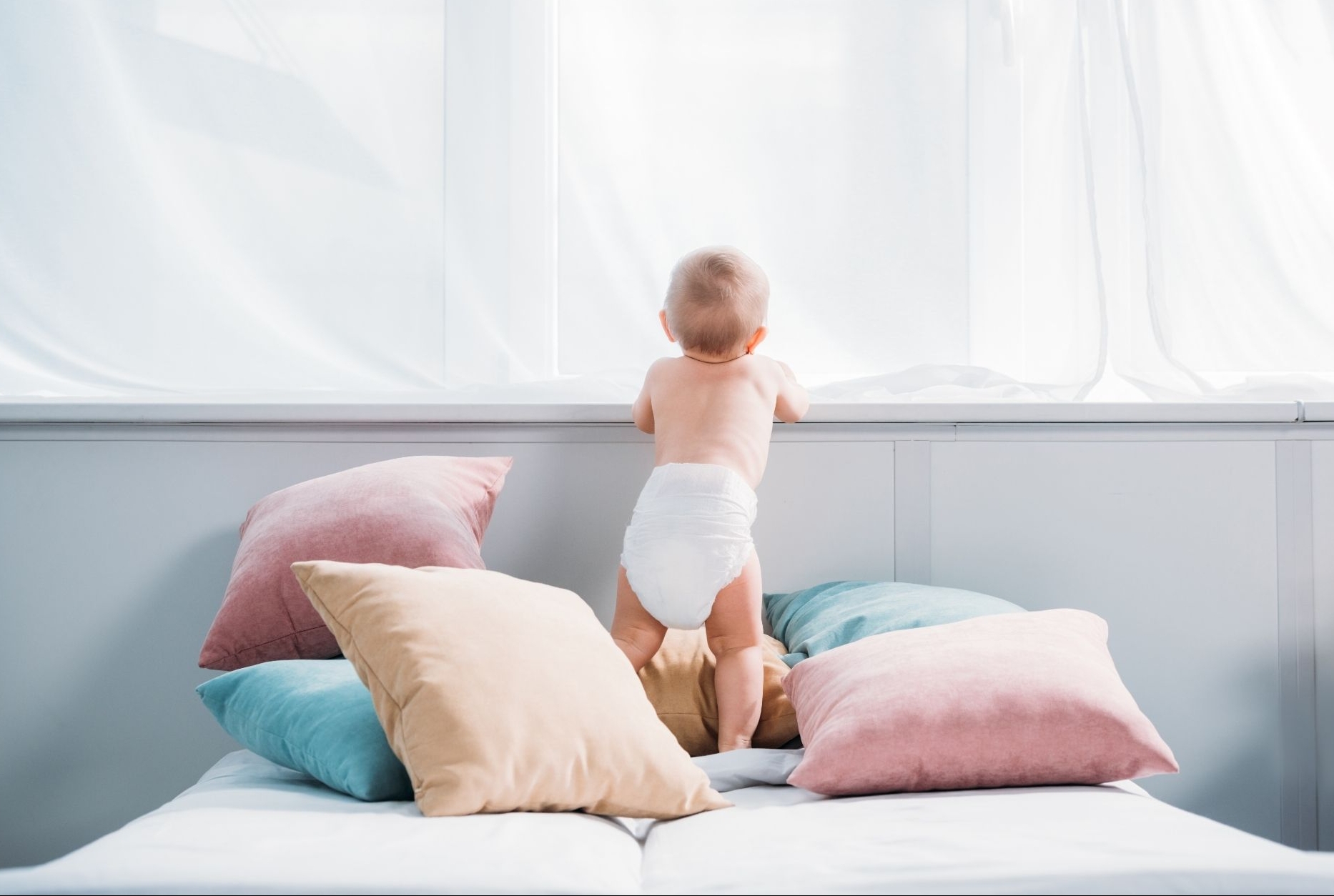Weaning your child from night diapers marks an important time for both parents and children. While this phase varies depending on the child's physical and cognitive development, it also affects family dynamics. While each child grows at a different pace, success in sleeping diaper-free at night depends on factors such as the child's readiness, communication, patience, and support within the family. In this article, we will focus on expert advice for understanding and supporting children's process of sleeping diaper-free at night.
1. Physical Preparation: An important factor in helping children start sleeping without diapers at night is their physical readiness. Toilet training is important for the child to ensure urinary control. Generally, between the ages of 2 and 4, children begin to acquire the ability to hold their urine at night.
2. Cognitive Readiness: It is important for children to be cognitively ready during this process. They need to understand and have control over using the toilet. Make sure your child understands what the toilet is used for.
3. Communication: It is important that your child wants to start sleeping without a diaper at night and tells you how he/she feels about it. Understanding and supporting your child's feelings during the toilet training process by establishing open communication can make this process easier.
4. Patience: The process of getting your child to sleep without a diaper at night requires patience. Some children learn this process quickly, while others may require more time. Avoid putting pressure on your child during this process and let him progress at his own pace.
5. Sleeping Habits at Night: Your child's nighttime sleep habits can affect toilet training. It is normal to wake up frequently or feel wet during the night. In this case, stay calm and support your child.
6. Habits to Help Sleep: It is important to develop habits that will help your child sleep comfortably. For example, avoid drinking too much liquid at night and develop a habit of using the toilet.
Studies in America on Diaper Weaning in Children:
- American Academy of Pediatrics (AAP):
- The American Academy of Pediatrics offers comprehensive resources to guide families through the toilet training and diaper weaning process. On AAP's official website You can access informative materials on this subject.
- Centers for Disease Control and Prevention (CDC):
- The U.S. Centers for Disease Control and Prevention provides information on child development and health. CDC's Division of Children's HealthResources on toilet training can be found at.
- National Institute of Child Health and Human Development (NICHD):
- National Child The Institute of Health and Human Development conducts research on many issues related to child development. On NICHD's website You can find up-to-date information about toilet training.
- Pediatric Journals and Academic Resources:
- Various pediatric journals and academic resources host research on the diaper cessation process in children. You can access scientific studies on this subject through databases such as PubMed.
Practical Tips and Fun Materials to Help Children with the Night Diaper Weaning Process
This process can sometimes be challenging and turn into a new habit formation process for children. However, various materials and suggestions that can be used at this stage can make this process more fun and supportive. Colorful books, stickers, reward systems, and other educational materials can be used to make children's nighttime diapering process a positive experience.
- Children's Books:
- Children's books on potty training and night diaper weaning can help your child understand and relax about the process. Colorful and entertaining books help children become interested in the subject.
- Cartoon Characters and Games:
- You can make the toilet training and night diapering process fun through your children's favorite cartoon characters or games. Stories in which characters go through the same process can help children become more invested.
- Reminders at Specific Times:
- You can use simple reminders to help your child remember to go to the toilet at certain times. For example, you can create a habit of using the toilet at certain times, such as every hour or before eating.
- Motivation Charts and Stickers:
- Create a motivation chart that focuses on your child's achievements. Adding stickers for each accomplishment can help your child perceive the process in a positive way.
- Fun and Colorful Toilet Equipment:
- You can use equipment such as colorful stools, colored toilet paper or specially designed toilet seats that will make the toilet area more attractive for your child.
- Toy or Prize Boxes:
- Create a box with small toys or rewards that your child can choose from if he successfully uses the toilet. This can be a positive system to motivate your child.
- Child Friendly Applications:
- Fun and educational children's apps can make toilet training and night diapering topics interactive. These apps can help your child find the process more interesting.
- Video Content Prepared by Experts:
- Educational and informative videos prepared by experts for children can help your child understand this process and relax.
The process of children sleeping without diapers at night is an important phase that families and children go through together. Physical and cognitive preparation, communication, patience and attention to sleep habits can help the child get through this process in a healthy way. Each child It is different and it is important for families to respect individual needs during this process. The process of children sleeping without diapers at night can become a more positive experience when handled with loving support, understanding and patience.
